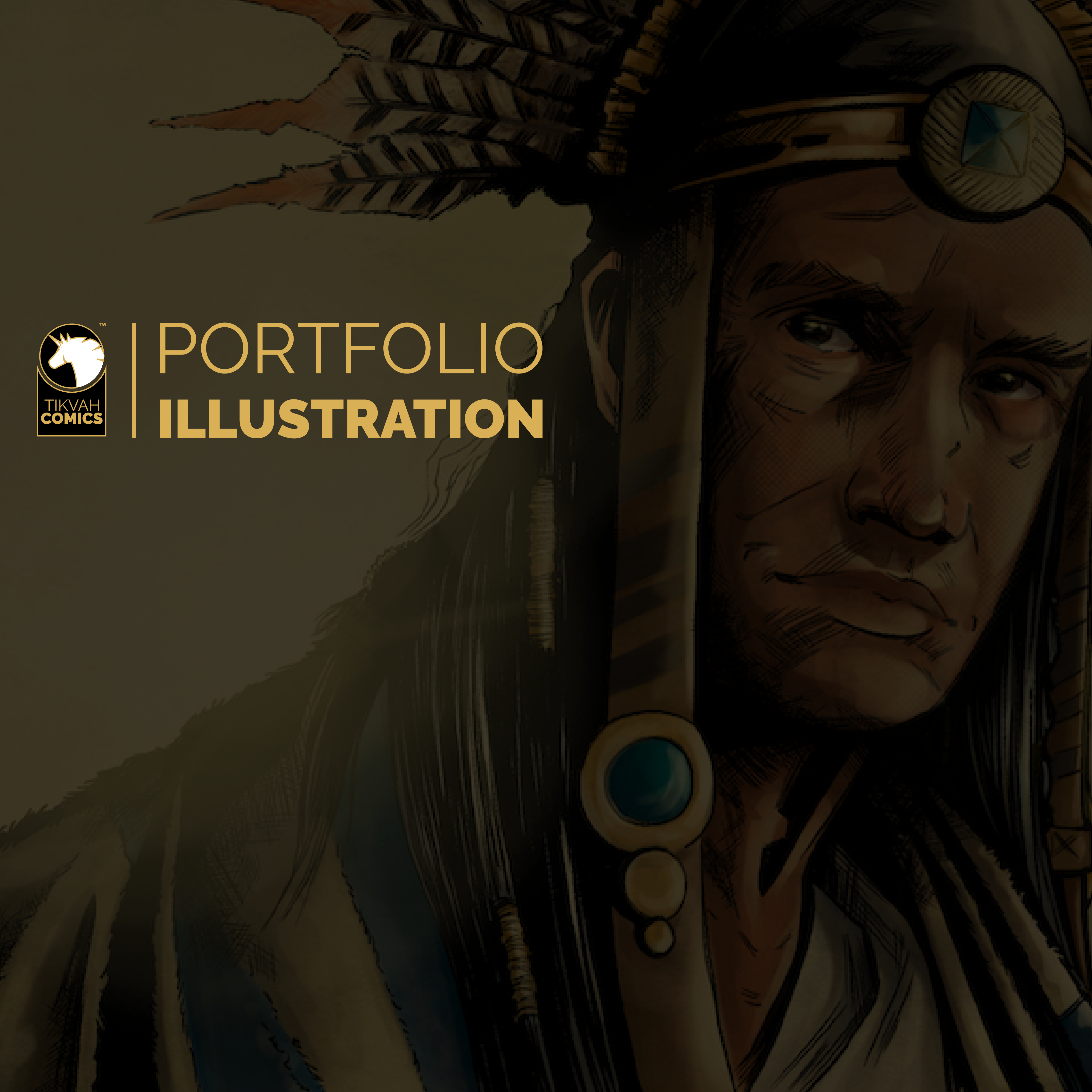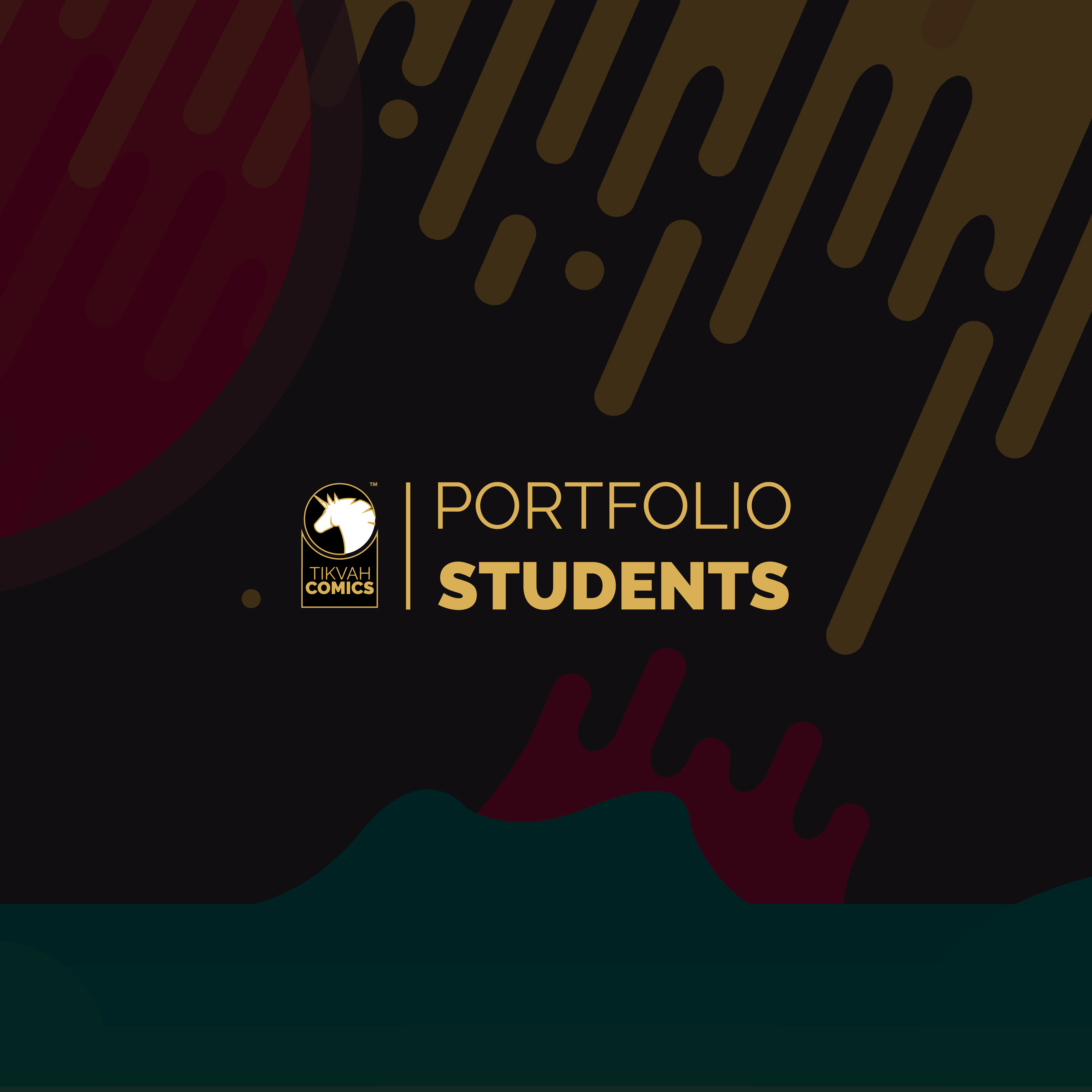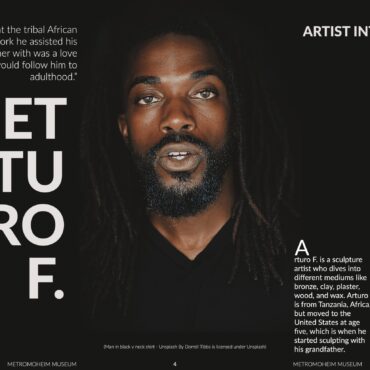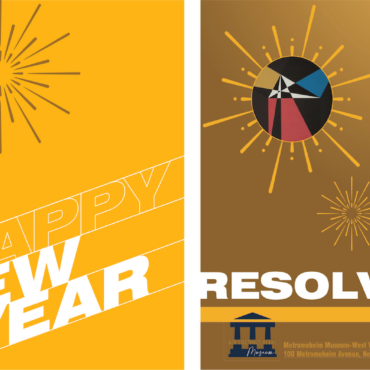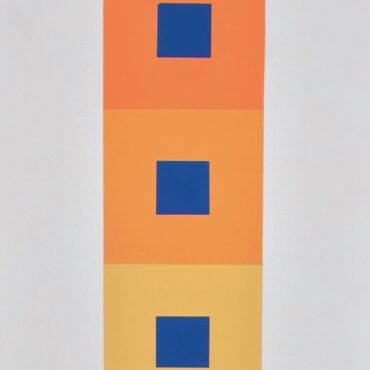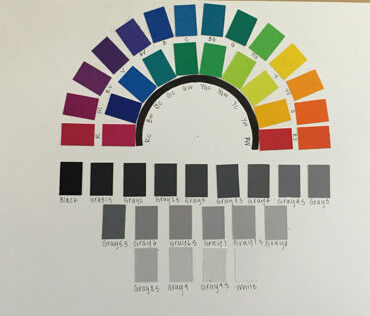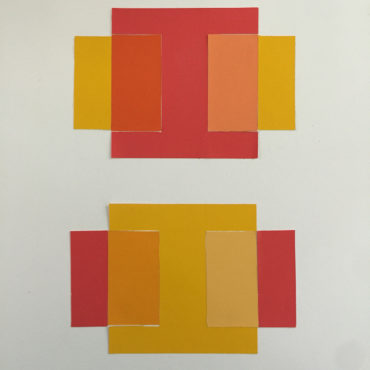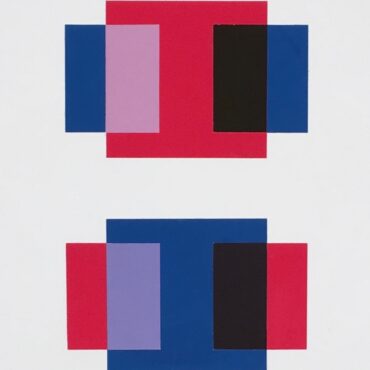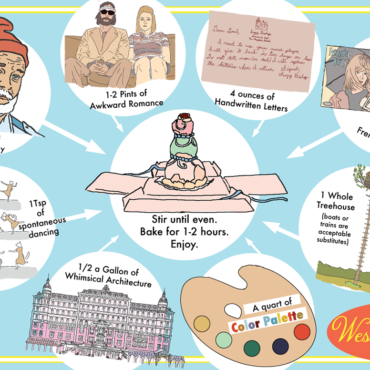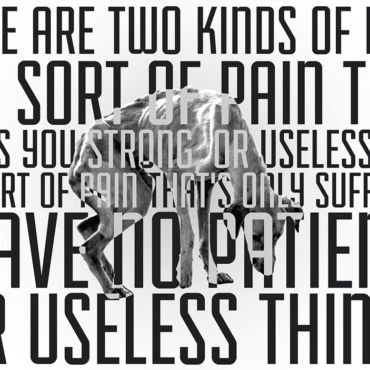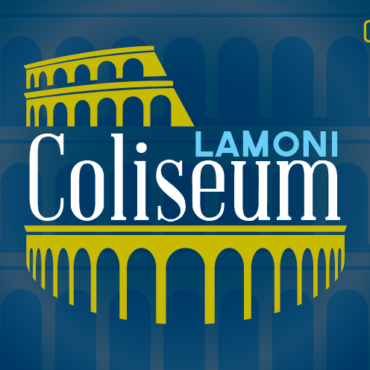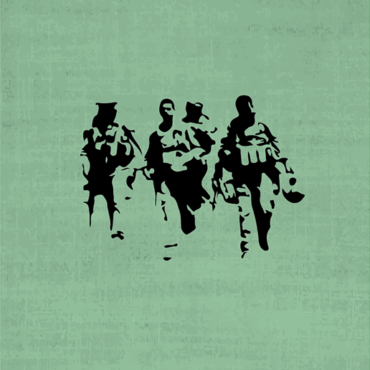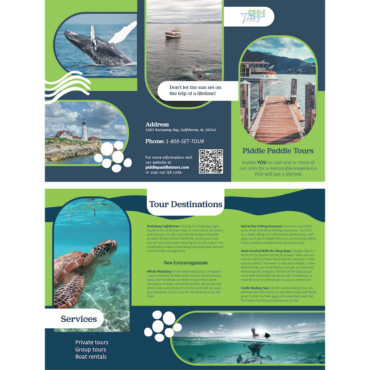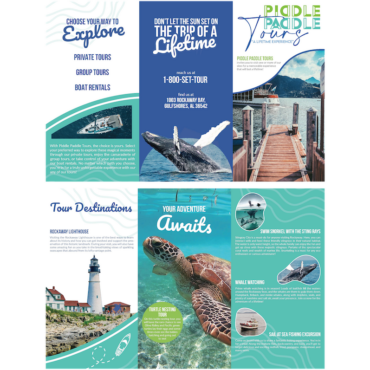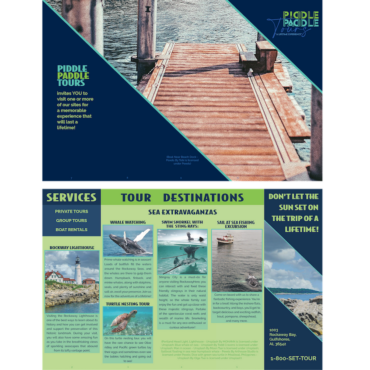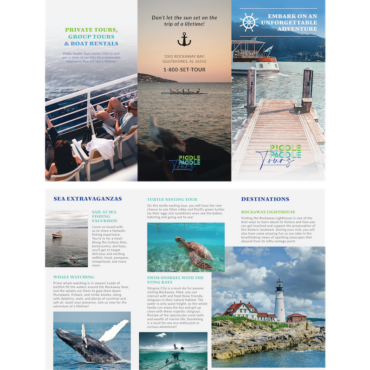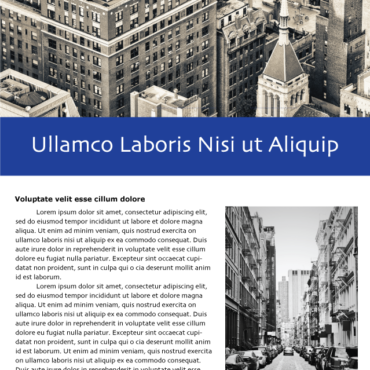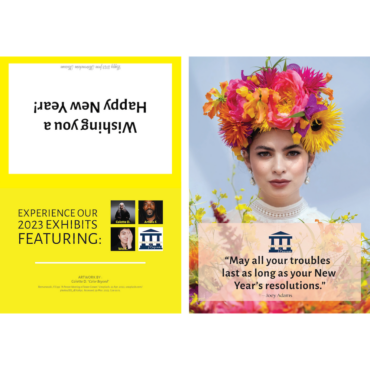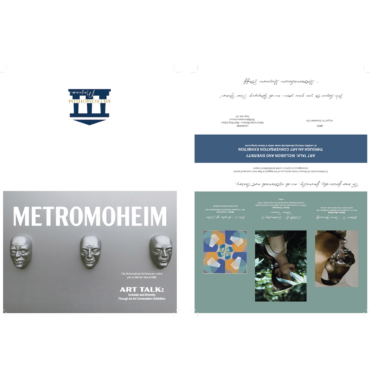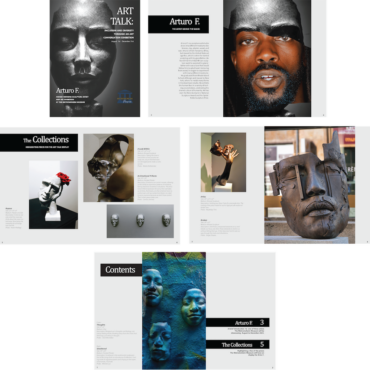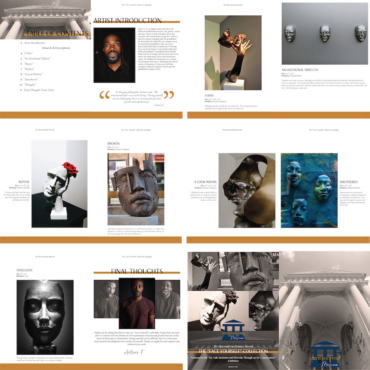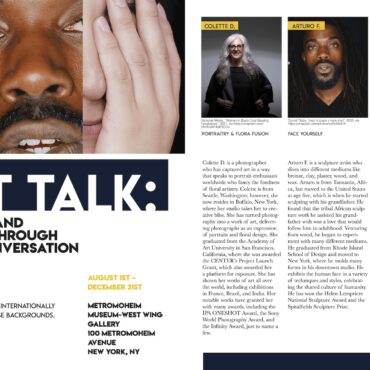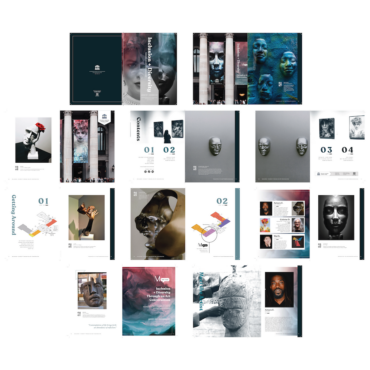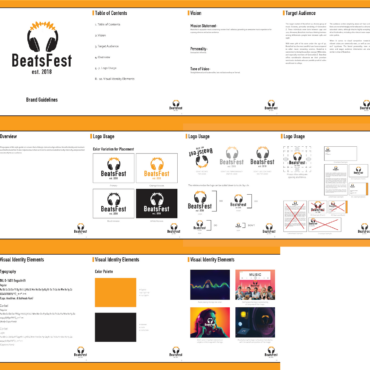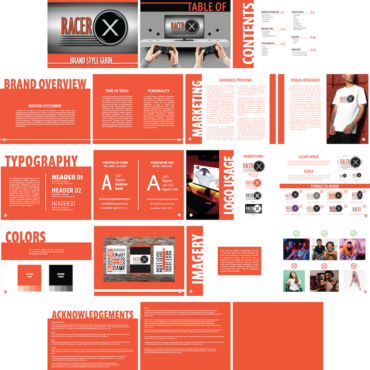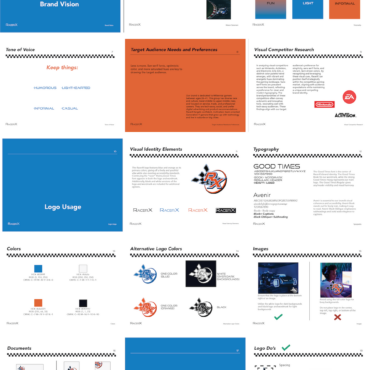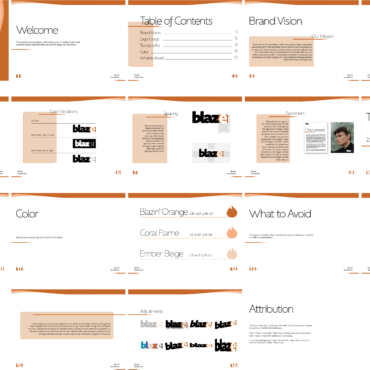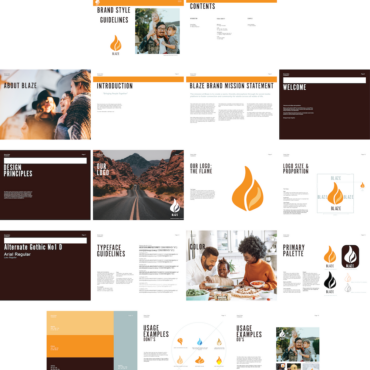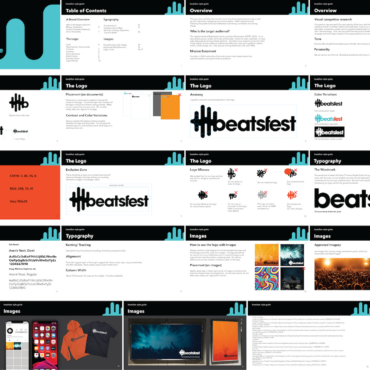Art at its very nature is an ‘invention process’ stimulated through our internal and external experiences. This is why I believe it’s important to develop the idea of this process through critical problem solving, to mentor students towards a fundamental knowledge of how the elements of design and art theory relate to the world around us. I look to foster this ‘invention process’ through andragogy with students as well as nurture their aesthetic awareness with the different forms of visual communication.
Teaching at its very core is a ‘mentoring process’ which requires a collaborative effort between a mentor who takes the time to listen to students’ goals and dreams and builds that bridge through to reality. No matter the size of the class, that mentor is engaging students in active discussion and critical thinking based on an individual’s artistic and intellectual curiosity and questions. For example, when teaching a class made up of about 36 students where I had them quickly critique each other’s artwork, I could pick out when a student’s curiosity was engaged. I quickly grabbed onto their curiosity and the discussion blossomed into a great sharing of ideas about art concepts. Because when you push the student’s curiosity as well as incorporate the entire class to critically think about applying that concept to other situations and instances beyond their current scope of the world, you just made their world view that much more diverse.
Mentoring is truly the only way to teach the ‘invention process’ because it must be through meaningful discussion as well as leading by example. The goal of the ‘invention process’ is to help students discover a path by way to produce ideas efficiently in a professional setting. One must establish a set of rules as a place to start the creation process and then go through certain steps to create a new invention. The more one does it, the faster the process and the more one can push their creative boundaries. Graphic Design in the professional world is often ‘Art in a hurry’ and the more fluent you are with these foundational steps, you create a truly new invention through your own process, something that’s never been seen before and unique to that particular artist and situation. A great mentor also leads by excellent work ethic. They must practice what they preach as well as show how their work ethic was developed, and how they use diverse resources which is an example to students of how to foster it in their own professional life and practice.
My belief is that students who are engaged in asking questions are continually on a path of discovery. This is why a focus of andragogy with ‘Lead Learning Out,’ a teaching method I picked up from teaching at Apple, is such an innovative and effective teaching tool. You are teaching students by asking questions that lead the student down the path to discover their own avenue towards a resolution, depending on the answers that they give. Every student, regardless of background, has the potential to learn how to teach themselves as long as they discover what their passion is about; what drives them. I’m looking forward to growing with my students and investing in their overall development and invention process. In using this teaching method, I employ lecture, hands-on, and mentorship as vehicles to get the students where they need to be, whether it is an individual lesson or a classroom. If I would have a teaching theme, it would be ‘humility’ because learning is a continued process. The more you learn, the more you realize how much more is out there to discover.

